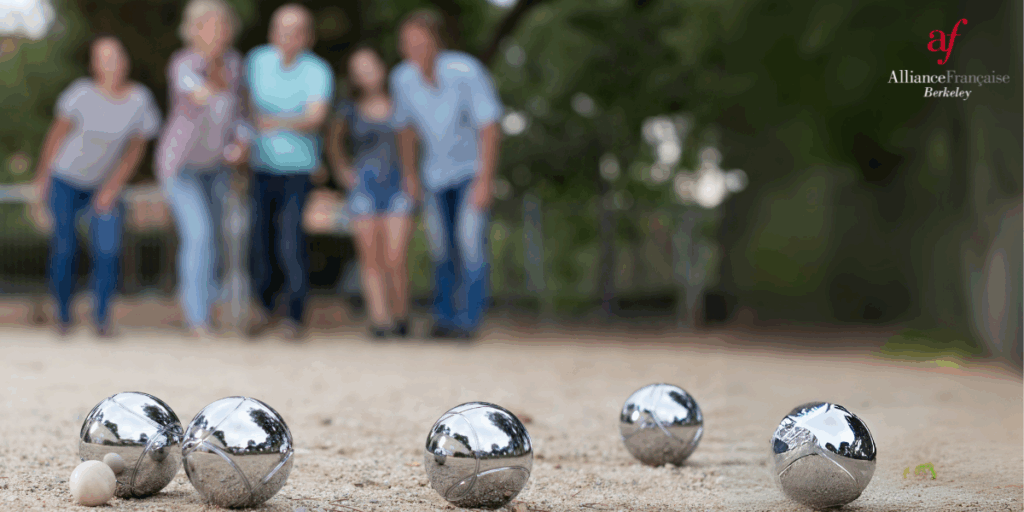Pétanque: decoding a classic French pastime

As the weather in France grows warmer, people flock outdoors to enjoy a game of pétanque, a quintessential French summer pastime. The game is simple: teams take turns throwing metal boules as close as possible to a small wooden ball, and the closest throw wins. But how did this game come to be, and what makes it so popular?
A game born of necessity
Though similar games have existed since ancient Greece, pétanque originates from Provence. Its name comes from the Provençal words pès tancats, meaning “feet planted.” The game was created in Marseille in the early 1900s by Jules Lenoir and Ernest Pitiot. Both men had once been avid players of la longue, a game that required a running start before throwing the boules. However, health issues made this style difficult for them. Their solution was simple: instead of running, they threw boules with their feet fixed in place, thus giving birth to pétanque, now beloved across France.
A growing phenomenon
Pétanque’s popularity has continued to grow, with lively games played in Paris at spots like the Arènes de Lutèce or along the Canal Saint-Martin. Designed to be accessible, the game can be enjoyed by people of all ages and skill levels, which explains its wide appeal. Today, pétanque has even spread internationally. You can find clubs as far away as the Bay Area (Lamorinda Pétanque Club, La Boule d'Or Pétanque Club...)
Simply fun!
One of the reasons pétanque remains so popular is its simplicity. Almost any flat, open space can be converted into a court. Players divide into two teams and mark a circle on the ground. Standing with their feet planted inside, they take turns throwing boules toward the cochonnet, literally “piglet,” but in fact the small wooden target ball. The team with the boule closest to the cochonnet wins.
If you find yourself in France this summer, head to a park, a beach, or nearly any open space to give it a try. You might just discover a new favorite pastime, or a hidden talent!
Article by August Thigpen
